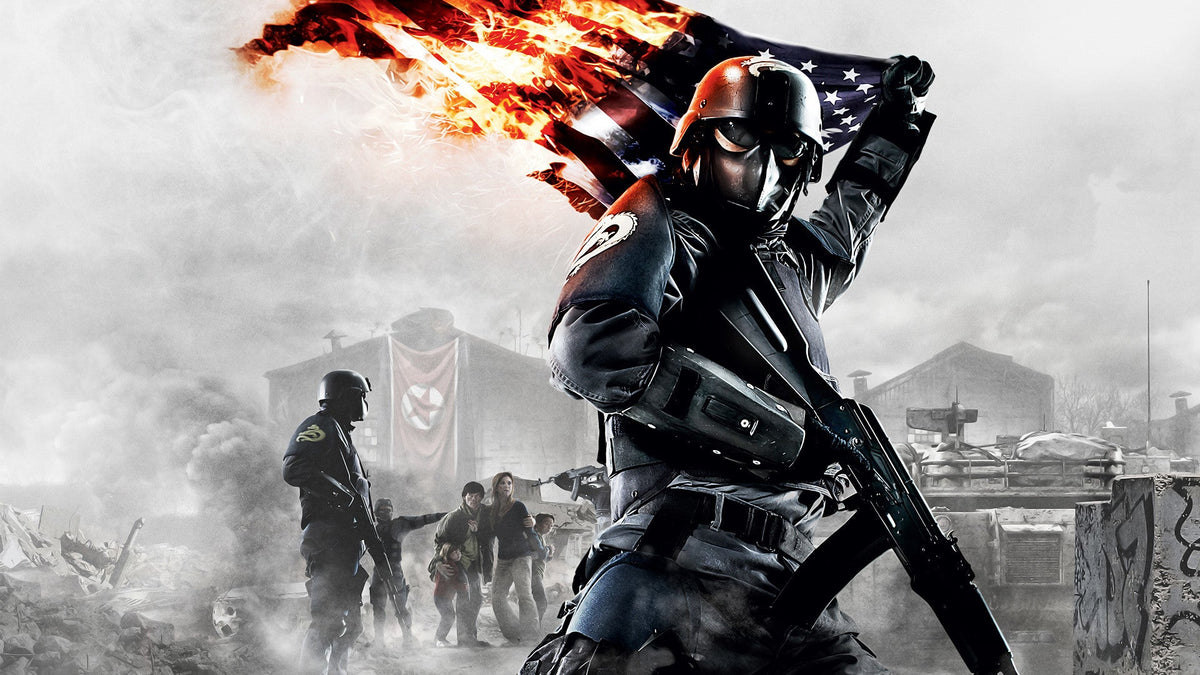
Silent Warfare: The Rising Threat of Cyberterrorism on the Dark Web
|
|
⌛ Time to read 5 min
Shipping Worldwide 🛩️
Call Us: +357 97729099 📞
WhatsApp Us: +357 97729099 🔔
Email: info@cybershopcyprus.com 📧
Follow Us On Social Media ✌️


✍️ Written by: Nearchos Nearchou
|
📅
|
⌛ Time to read 5 min
Terrorism, in its broadest sense, is an action or threat against persons or properties to negatively influence governments or intimidate the public. In most cases, the term terrorism involves the use of fear and violence in the pursuit of ideological, religious, and political aims. Some of the most well-known terrorist organizations are the Islamic State of Iraq and Syria (ISIS), the Taliban, and Al-Qaida.
In the past few decades, terrorism has gone dark and digital. The term cyberterrorism was first mentioned by Dr. Barry Collin, and it describes a planned attack performed by terrorists on computer systems. Cyberterrorism can be found all over the internet, especially on the Dark Web. There has been a great deal of concern over the possible threat posed by cyberterrorism. The threat of cyber terrorists breaking into public and private computer networks and destroying the military, financial, and service sectors of countries has been widely highlighted by security professionals, academics, lawmakers, and others. This article will cover the following cyberterrorism topics:
What is terrorism?
Why do terrorists use the Dark Web?
How do terrorists operate on the Dark Web?
On the worldwide networks that exist, new security threats and weaknesses are exposed as technology is increasingly ingrained in society. One of the greatest potential security dangers around the globe is cyberterrorism. It has surpassed the development of nuclear weapons and contemporary international crises in importance. Digital weapons represent a threat to entire economic or social institutions because of how prevalent the internet is and how much responsibility is put on it. There are various types of cyber terrorists. We can categorize them into four primary groups, as shown in the figure below.
The first group is comprised of active terrorists who are actively planning attacks or making changes to certain websites. They launch a cyberattack using a computer network as a tool, and then they utilize the attack as a weapon. Terrorist sympathizers fall into the second category; while lacking full information, they take part in terrorist activities because they hold the same views as the terrorist organization that is behind these crimes. The third category includes involved states or nations that participate in terrorist acts in order to develop specific cyberwarfare capabilities. The last type is joyriders, which include individuals who utilize terrorism and cyberattacks to get famous:

Figure 1 – Cyberterrorist categories
In nations with intermediate political freedom, terrorism is more common. On the other hand, in most democratic nations, terrorism is the least common. A terrorist’s ability to take over, control, or alter the monitoring functions of governmental systems could threaten regional peace and sometimes international security. According to the Global Terrorism Index (GTI), religious extremism has become the main driver of terrorist attacks worldwide. Terrorist attacks take place usually by using explosives. In this way, terrorists achieve maximum fear and publicity. The majority of the time, terrorist organizations meticulously plan their assaults in advance. They may also recruit victims, place undercover agents, and generate funds from sympathizers or through organized crime. The following figure shows the countries that had the highest number of deaths by terrorism in 2021:

Figure 2: Countries with the highest number of deaths by terrorism in 2021
It is exceedingly unlikely that an extremist terrorist will harm anyone outside of a conflict zone. For instance, since 9/11, six Americans died each year at the hands of such terrorists in the US, which is significantly fewer than the number of individuals who drown in bathtubs. However, some contend that because anti-terrorism tactics are so successful, the frequency of terrorist destruction is limited. They further argue that, unlike bathtubs, terrorism offers no benefit and exacts costs far beyond those in the event itself by harmfully sowing fear and anxiety and by requiring policymakers to adopt countermeasures that are expensive and excessive
The idea of cyberterrorism has its origins in the early 1990s when studies on the possible hazards posed by the highly networked, high-tech-dependent United States were first published in response to the debate surrounding the burgeoning information society and the rapid development in internet use. We are at risk, the National Academy of Sciences declared in a 1990 report on computer security and the world is becoming more and more reliant on computers, and a terrorist of the future could be able to cause more destruction with a keyboard than with a bomb. For modern terrorists, cyberterrorism conducted through the Dark Web is an attractive option for several reasons:
Nearchos Nearchou is a determined person and 1st Class BSc (Hons) Computer Science and MSc Cyber Security graduate. He is a big tech-lover and spent several years exploring new innovations in the IT field. Driven by his passion for learning, he is pursuing a career in the Cyber Security world. Passionate about learning new skills and information that can be used for further personal and career development. Finally, he is the author of the book “Combating Crime On The Dark Web”.
📬 Subscribe to Our Newsletter
Stay updated with the latest tech insights.
Tax included.
| Price |
|---|
| SKU |
| Rating |
| Discount |
| Vendor |
| Tags |
| Weight |
| Stock |
| Short Description |
Description here
Description here


